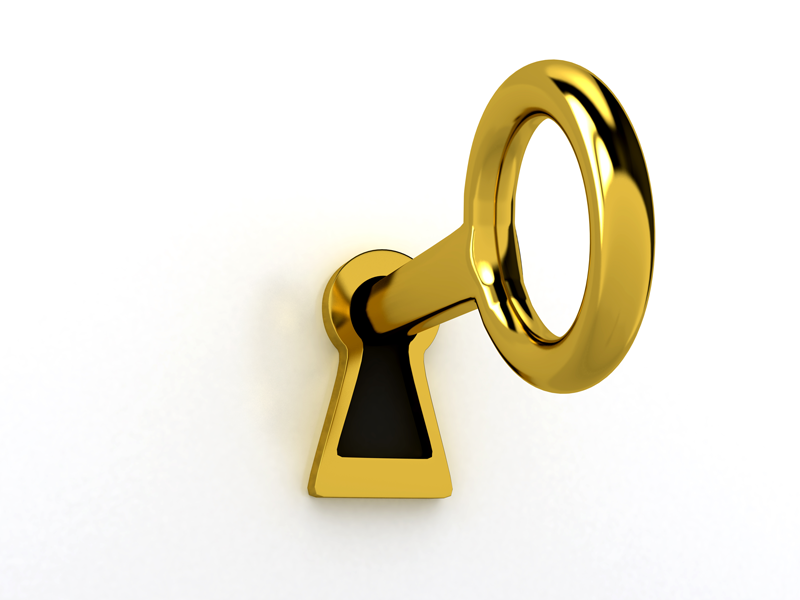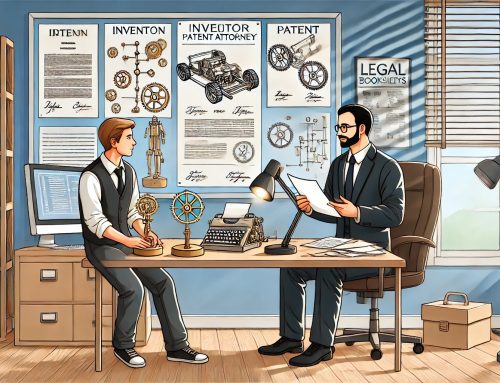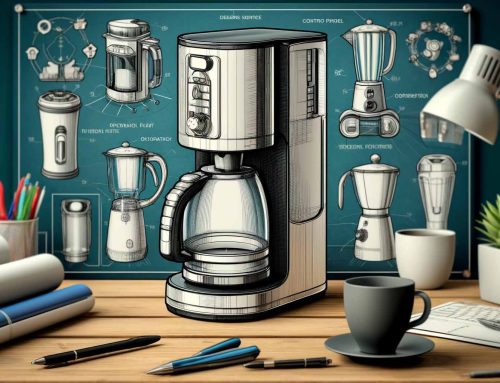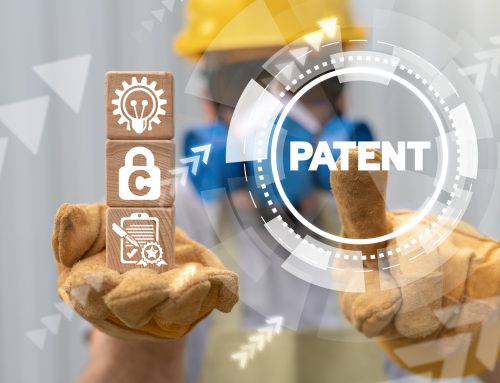Patentable Inventions
A very common question that clients ask when calling a patent attorney is “whether my invention is patentable.” There are four main legal requirements, described below, that a patent attorney will evaluate to determine, based on the information available to the patent attorney, whether your invention is patentable.
1. Statutory Subject Matter. The patent attorney will evaluate whether the invention is directed towards at least one of (1) a process/method; (2) a machine; (3) an article of manufacture; (4) a composition; and (5) a new use of one of the first four enumerated categories. Statutory subject has a low threshold to overcome. The patent attorney looks at whether the invention is “anything under the sun made by man” because the invention cannot be abstract, a naturally occurring phenomena, or a law of nature, as well as a process not tied to a particular machine. For example, a patent attorney will tell you that a process performed solely with one’s mind is not patentable, such as a method for calculating large numbers in ones head. Mathematical formulas are considered laws of nature and therefore not patentable, with a caveat. A patent attorney will tell you that a mathematical formula is patentable if it is tied to a particular machine or process.
2. Utility. The patent attorney will evaluate whether the invention is useful, no matter how trivial that use is. The use cannot be purely aesthetic in nature. Congress passed laws that identifies certain inventions that lack usefulness. A new drug is useful only if it is relatively safe for its intended purpose. Whimsical inventions are also not patentable. Inventions useful only for illegal purposes are not patentable. Also, if it appears clear that the invention will not work (this is extremely rare), the USPTO will reject the invention. Any patent attorney will tell you that it is seldom that inventions lack utility, and most experienced patent attorneys will be able to patent around any issues involving a lack of utility.
3. Novelty. The patent attorney will consider whether the invention has at least one feature that is unique from anything that ever existed or was known. Further the patent attorney will look for any differences, be it a new step in a process, or a structural difference in a machine or device. Many times, clients will tell their patent attorney that the new invention is lighter, faster, stronger, safer, cheaper to make, and so forth. However, the patent attorney will explain that these elements are new advantages, not new steps or structural differences over prior art. Instead, these factors would help nonobviousness arguments. A patent attorney can help you extract what is new over the prior art. For example, the patent attorney will help you determine if there is a different shape, material, size, or arrangement of components, to name just a few. Some differences could be subtle. For example, a patent attorney can determine whether a device is novel, even though it looks structurally the same, when the invention operates in a new manner that is novel.
4. Nonobviousness. The patent attorney will evaluate whether the invention is nonobvious from the view point of one of ordinary skill in the pertinent art. The patent office will consider a mythical worker in the field of the invention. Many arguments exist that allow the patent attorney to reasonably argue that the invention nonobviousness over prior art. Some factors that allow the patent attorney to argue nonboviousness includes commercial success of the invention, long-felt but unsolved need, crowded art, unappreciated advantage, and failure of others to come up with the invention.
While I have provided a wealth of information on the four main requirements of patentability, there are many others statutes, rules, steps, procedures, and factors that cannot be addressed in a single blog post. It is essentially that you use an experienced patent attorney to draft your patent application.







